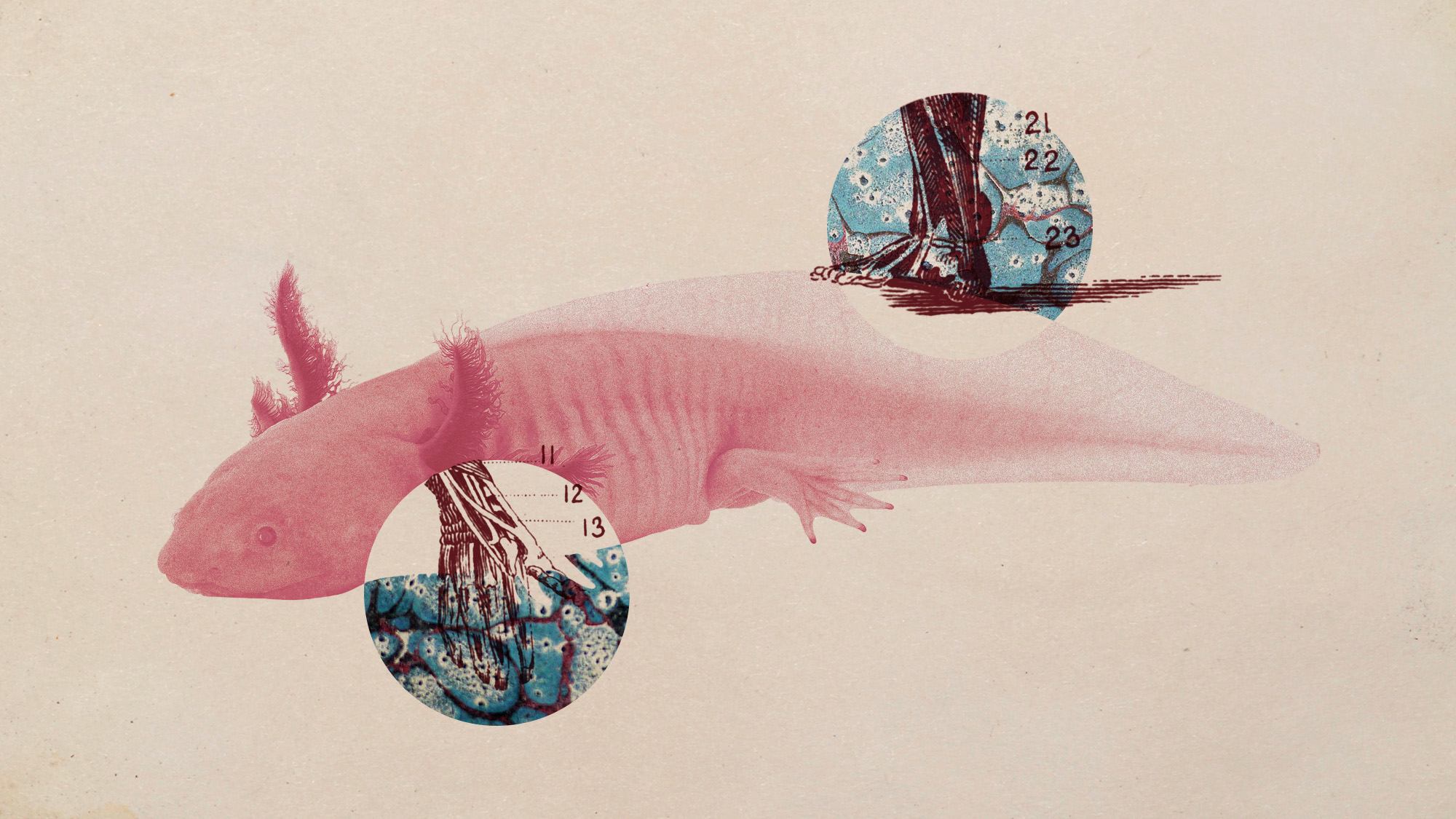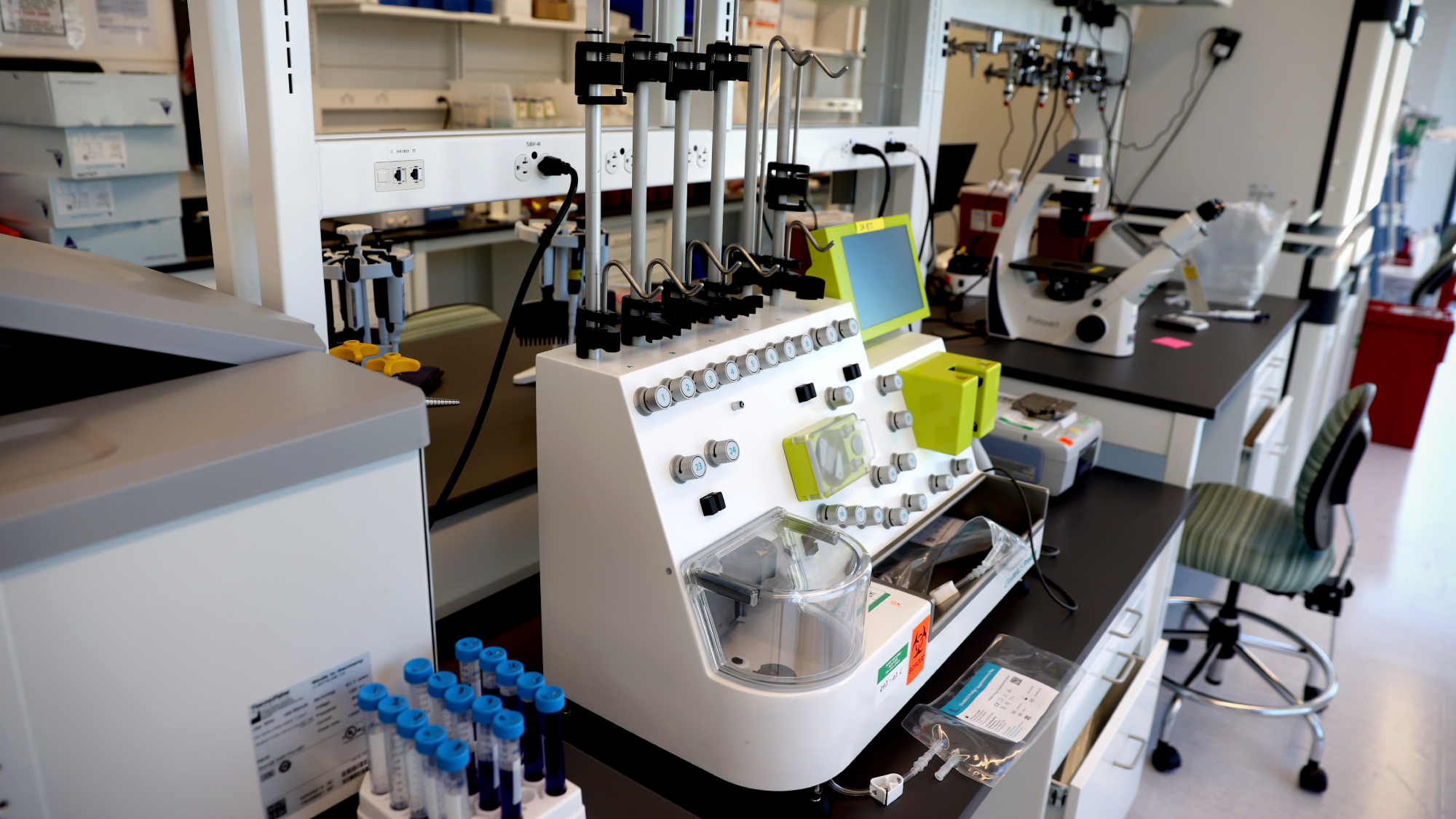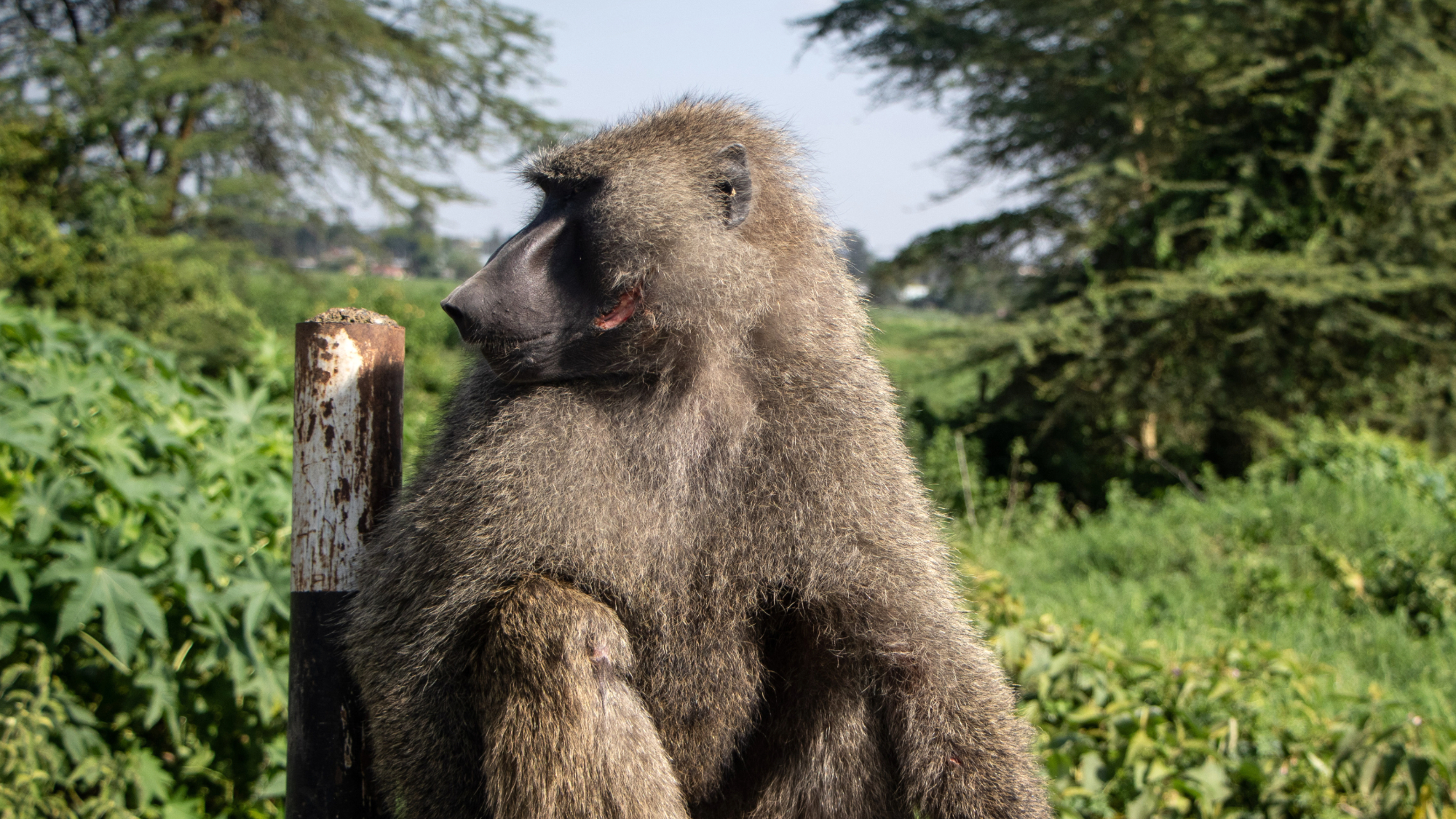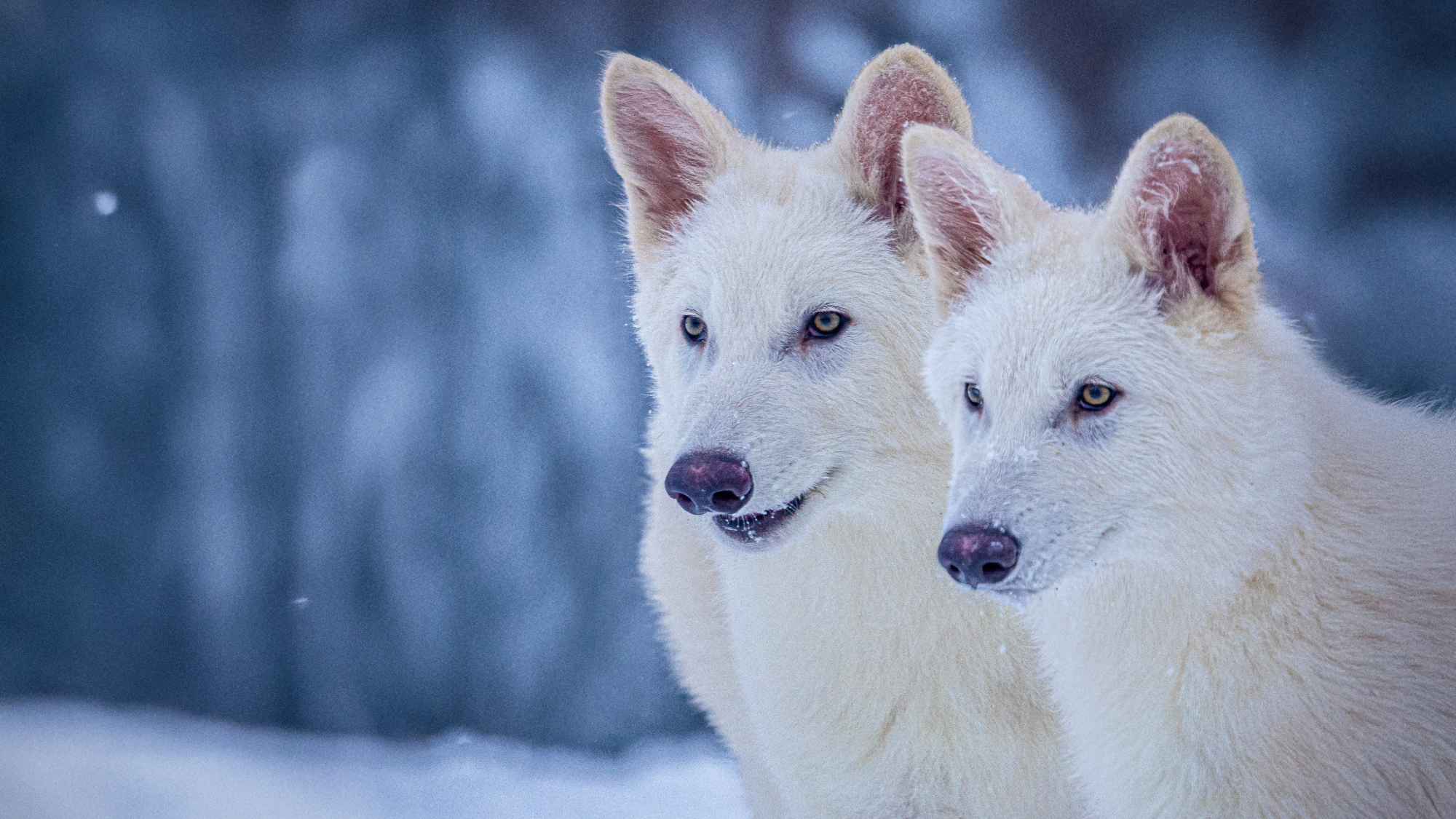Health & Science
Our bodies, our microbes; The folly of Bonnie and Clyde; An oasis on Titan; Cougars headed to the Midwest
Our bodies, our microbes
Our bodies contain 10 times more bacteria than human cells, and those resident microbes may rule our mental and physical health. That’s the conclusion of researchers who for the first time have mapped up to 99 percent of the microbes that live, more helpfully than harmfully, in the human body. Using DNA sequencing on samples gathered from 242 healthy volunteers, they discovered that we each host 100 trillion bacteria of 10,000 types. As much as six pounds of our body weight is bacteria. Each person has a unique microbiome, or balance of different types of microbes. “These microbes are part of our evolution,” New York University microbiologist Martin Blaser tells NPR.org. “They are very important in human health and probably human disease as well.” Helpful bacteria assist in the digestion of food, train the immune system, and aid in keeping harmful bacteria from taking root. Researchers hope that maps of healthy microbiomes will allow doctors to identify bacterial imbalances that can cause infections, mood disorders, obesity, and other medical problems—and offer clues on how tweaking a patient’s microbial makeup could address them. The next challenge, Washington University biologist George Weinstock says, is to figure out how microbes “talk to our human cells” and how “human cells talk back to them.” That conversation, he says, “makes us who we are.”
The folly of Bonnie and Clyde
The Week
Escape your echo chamber. Get the facts behind the news, plus analysis from multiple perspectives.

Sign up for The Week's Free Newsletters
From our morning news briefing to a weekly Good News Newsletter, get the best of The Week delivered directly to your inbox.
From our morning news briefing to a weekly Good News Newsletter, get the best of The Week delivered directly to your inbox.
Robbing a bank is a terrible get-rich-quick scheme—even if you don’t get caught, Time.com reports. British economists conducted a first-ever cost-benefit analysis of bank robbery, using confidential data from U.K. and U.S. authorities, and concluded that “the return on an average bank robbery is, frankly, rubbish.” British robbers score an average of $19,800 per thief per heist—about six months’ wages for the average British office worker; Americans nab only about $4,000 each per job. Only 66 percent of robberies are successful, and every additional attempt increases the chances you’ll be caught: By stickup No. 4, you’re more likely to land in jail than to be free to rob again. High risks and low returns may be one reason bank robberies have declined in the U.S. in recent years: Robbers made off with about $57 million in 2007, compared with a mere $33 million last year. Carrying a weapon can increase the odds of a large windfall, and “the bigger the gang, the greater the take,” the economists say. But on the whole, “as a profitable occupation, bank robbery leaves a lot to be desired.”
An oasis on Titan
Saturn’s moon Titan may harbor a vast underground ocean of liquid methane that could be a crucible for life. Researchers came to that conclusion after studying intriguing images from NASA’s Cassini spacecraft, which showed what appears to be a shallow methane lake about the size of Utah’s Great Salt Lake near the otherwise dune-covered equator of Titan. The sighting of the oasis and nearby methane swamps “was completely unexpected,” University of Arizona astronomer Caitlin Griffith tells the Associated Press. Unlike the hundreds of lakes at Titan’s polar regions, she says, liquid “at tropical latitudes” should evaporate too quickly for standing puddles to form. That suggests that the equatorial lake is fed by a subterranean aquifer of methane. Since methane contains carbon and hydrogen, two of the building blocks of life as we know it, the presence of an underground methane ocean would increase the likelihood that Titan hosts some form of life. Titan and Earth are the only objects in the solar system with a cycle of rain and evaporation.
Cougars headed to the Midwest
A free daily email with the biggest news stories of the day – and the best features from TheWeek.com
Mountain lions are making a comeback, even in relatively flat regions of the Midwest. Though the big cats, also known as cougars, once ranged all over North America, hunting and habitat loss rendered them virtually extinct east of the Rocky Mountains for more than a century. Now a new study suggests that since their numbers have grown to around 30,000 in the Western states, young male cougars must roam ever farther to stake out unclaimed territory. In Missouri, officials confirmed 14 mountain lion sightings last year alone, more than over the previous 16 years. Cougars have recently been spotted in Oklahoma, Arkansas, and Illinois; one hit by a car in Connecticut in June 2011 had ambled east more than 1,500 miles from South Dakota, DNA tests showed. People have little to fear from cougars, researcher Michelle LaRue of the University of Minnesota tells Scientific American. Since mountain lions are “stalk-and-ambush predators,” she says, they tend to seek out heavily forested habitats where they can hide, both from their prey and from people. “If you were in the woods with a cougar and it saw you,” she says, odds are “it would run before you even knew it was there.’’
-
 Political cartoons for December 6
Political cartoons for December 6Cartoons Saturday’s political cartoons include a pardon for Hernandez, word of the year, and more
-
 Pakistan: Trump’s ‘favourite field marshal’ takes charge
Pakistan: Trump’s ‘favourite field marshal’ takes chargeIn the Spotlight Asim Munir’s control over all three branches of Pakistan’s military gives him ‘sweeping powers’ – and almost unlimited freedom to use them
-
 Codeword: December 6, 2025
Codeword: December 6, 2025The daily codeword puzzle from The Week
-
 5 recent breakthroughs in biology
5 recent breakthroughs in biologyIn depth From ancient bacteria, to modern cures, to future research
-
 Bacteria can turn plastic waste into a painkiller
Bacteria can turn plastic waste into a painkillerUnder the radar The process could be a solution to plastic pollution
-
 Scientists want to regrow human limbs. Salamanders could lead the way.
Scientists want to regrow human limbs. Salamanders could lead the way.Under the radar Humans may already have the genetic mechanism necessary
-
 Is the world losing scientific innovation?
Is the world losing scientific innovation?Today's big question New research seems to be less exciting
-
 Breakthrough gene-editing treatment saves baby
Breakthrough gene-editing treatment saves babyspeed read KJ Muldoon was healed from a rare genetic condition
-
 Humans heal much slower than other mammals
Humans heal much slower than other mammalsSpeed Read Slower healing may have been an evolutionary trade-off when we shed fur for sweat glands
-
 Scientists map miles of wiring in mouse brain
Scientists map miles of wiring in mouse brainSpeed Read Researchers have created the 'largest and most detailed wiring diagram of a mammalian brain to date,' said Nature
-
 Scientists genetically revive extinct 'dire wolves'
Scientists genetically revive extinct 'dire wolves'Speed Read A 'de-extinction' company has revived the species made popular by HBO's 'Game of Thrones'